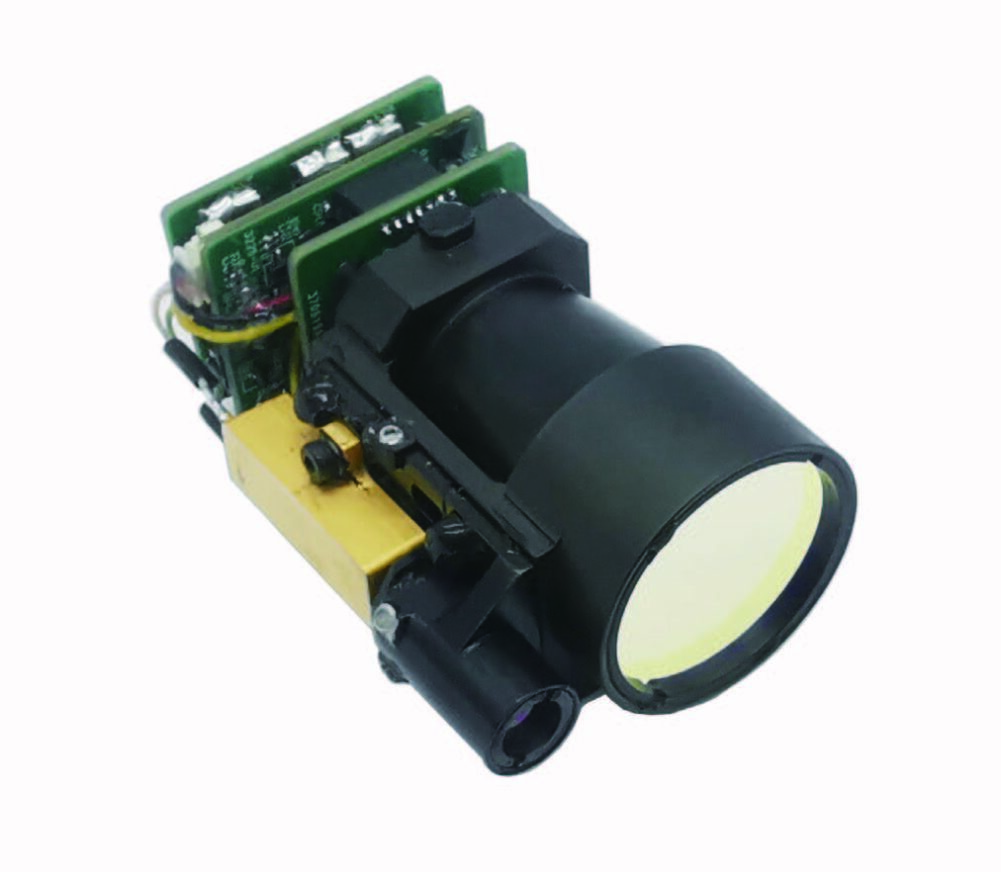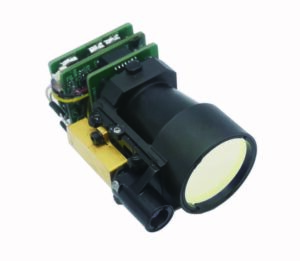1. What is an Eye-Safe Laser Rangefinder?
As modern technology keeps improving, there is an increasing need for exact dimensions in numerous areas, like evaluating, construction, and searching. The laser rangefinder is a device that has made accurate measurements a lot easier. Of all the readily available rangefinders, the eye-safe laser rangefinder stands apart for its performance and security.
2. What is a Laser Rangefinder?
A laser rangefinder should be discussed before discovering the information about an eye-safe laser rangefinder. A laser rangefinder is a gadget that utilizes a laser beam of light to compute the distance between the gadget and a target object. This procedure is done by bouncing the laser beam off the target object and, after that gauging the moment it takes for the light beam to commute to establish the distance.
3. What types do Laser Rangefinders have?
Like any other device, laser rangefinders have been available in numerous ways, each with functions and applications.
(1) Pulse Laser Rangefinder
A pulse rangefinder gives off a brief, effective rupture of laser light, which jumps off the target things and returns to the device. The tool after that measures the moment the light journeys backwards and forward, enabling it to determine the range. Pulse rangefinders are frequently utilized in surveying, mapping, and armed forces applications.
(2) CW Laser Rangefinder
A continual wave (CW) rangefinder gives off a constant light beam of laser light modulated to gauge the range. The regulated beam reflects off the target things and returns to the tool, and the gadget measures the stage shift of the regulated beam of light to establish the distance. CW rangefinders are generally made use of in industrial, engineering, as well as building applications.
4. What is an Eye-Safe Laser Rangefinder?
An eye-safe laser rangefinder is a unique kind of rangefinder. An eye-safe laser rangefinder makes use of laser light. Yet different from a typical laser rangefinder, it is secure for human eyes. The rangefinder emits near-infrared light, much safer than the noticeable or ultraviolet light used in other rangefinders. Eye-safe laser rangefinders are functional in various applications, such as exterior expeditions, sports, and clinical research.
5. What is the Structure of an Eye-Safe Laser Rangefinder?
An eye-safe laser rangefinder comprises several vital components: a laser emitter, a receiver, and signal-handling electronics. The laser emitter emits near-infrared laser light routed toward the target things placed on the rangefinder body. The receiver finds the shown laser light using a detector, generally a photodiode, and a lens that concentrates the returning laser light. The signal-handling electronic devices process the signals the detector receives and calculate the distance between the rangefinder and the target object. This process is done by measuring the moment it takes for the laser pulse to trip to the target and back and then using this time to compute the range based on the speed of light.
A whole item might additionally have a display screen or a user interface. After that, customers can quickly link the rangefinder and other gadgets. The design and plan of these components can vary depending on the application and supplier.
6. How Does an Eye-Safe Laser Rangefinder Work?
An eye-safe laser rangefinder is designed differently from the typical laser rangefinder. It generally utilizes glass-doped Er ions since its emitting light can fulfil the variety of the eye-safe band. It releases a pulse or modulated light beam of near-infrared laser light, which bounces off the target and returns to the gadget. The tool after that calculates the range based on the moment the light trips to and fro. This rangefinder is utilized in numerous applications, such as outside sporting activities, evaluation, and construction. Unlike other rangefinders that give off visible or ultraviolet light, eye-safe laser rangefinders use a safer laser that won’t hurt the eyes. The added safety attribute of sending out eye-safe laser light makes it a favoured choice in situations where the device operator and others may go in danger of exposure to the laser.
7. Advantages of Eye-Safe Laser Rangefinders
Eye-safe laser rangefinders use several advantages over other rangefinders, including safety and security, precision, and performance. These gadgets are safe for human eyes, making them suitable for searching and golf. Moreover, accuracy is the essential benefit of eye-safe laser rangefinders. It helps check, build, and design applications. In addition, these rangefinders are rapid and easy to use, permitting customers to make fast as well as precise measurements.
8. Applications of Eye-Safe Laser Rangefinders
Eye-safe laser rangefinders have various applications throughout different fields, consisting of:
(1) Searching and also Leisure Tasks
Eye-safe laser rangefinders have ended up being progressively prominent among hunters as well as outdoor lovers as a result of their precision, transportability, and security attributes. In searching, a rangefinder can determine the distance between the hunter and the target pet, enabling more accurate and candid shots. In entertainment activities such as golfing or archery, rangefinders can gauge the distance to the hole or target, offering beneficial details for the gamer.
One of the essential attributes of eye-safe laser rangefinders is their capability to emit secure laser light for the eyes. This is a crucial safety factor to consider for seekers and other exterior fanatics that might be using the rangefinder for extended periods.
Over the last few years, there have been significant developments in the innovation used in eye-safe laser rangefinders. Compared to their predecessors, many newer designs of eye-safe laser rangefinders have boosted accuracy and longer battery life. These advancements lead to far better efficiency in dimension.
Overall, eye-safe laser rangefinders have been confirmed to be useful tools for seekers and outdoor lovers alike. Their precision and security attributes make them a must-have accessory for those who demand accuracy in their activities. As modern technology continues to advance, we anticipate seeing even more improvements in the design and capability of these devices.
(2) Surveying and Mapping
Eye-safe laser rangefinders are also commonly used in evaluating and mapping applications. In these areas, the rangefinders are generally used to determine distances between numerous factors, such as sites or study pens, with high precision.
Using eye-safe laser rangefinders in surveying and mapping has become significantly prominent due to their convenience, transportability, and simplicity of use. With the capacity to promptly and properly measure ranges, surveyors and mapmakers can extra successfully gather information and produce exact maps and drawings.
Over the last few years, the advancement of eye-safe laser rangefinders for checking and mapping has focused on enhancing precision, raising measurement arrays, and integrating with other evaluating and mapping equipment. Additionally, developments in software applications have permitted the automatic handling and evaluation of rangefinder data, further streamlining the evaluation and mapping process.
Several of the vital features essential for eye-safe laser rangefinders in surveying and mapping applications include high precision, lengthy battery life, small size, and the ability to incorporate various other tools, such as GPS gadgets and also overall stations. These features assist in making sure that the rangefinder is a beneficial and also efficient tool for surveyors as well as mapmakers operating in a variety of atmospheres as well as conditions.



